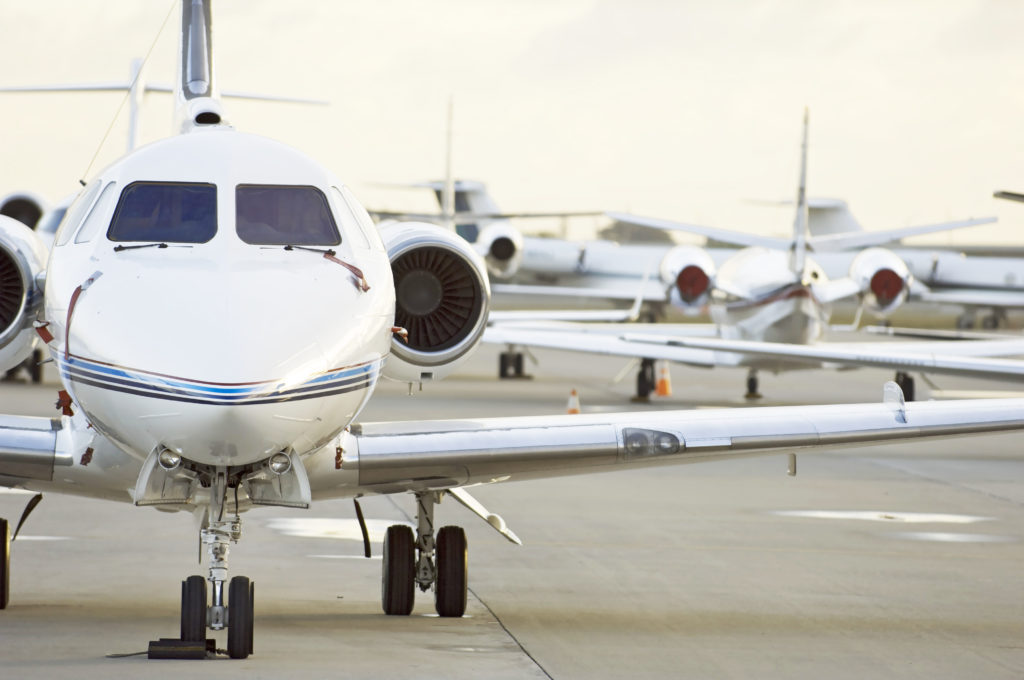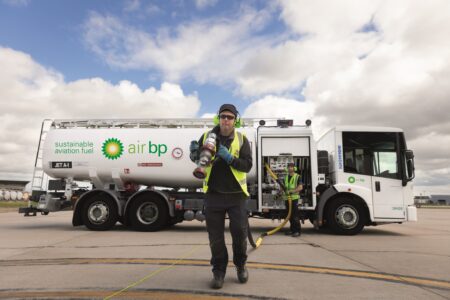Brian Foley, analyst and president of Brian Foley Associates, considers the market for used business jets and future uses for the aircraft.
For almost 10 years, the number of used business jets for sale on the market has been steadily declining. It reached the relatively tight inventory level of less than 9% of the fleet for sale in January 2019, a low not seen in the last 20 years. This is just half the level that was available in 2009 when nearly one in 5 business jets was for sale during the financial crisis as confidence cratered and owning a corporate jet was vilified. It’s believed that things are just now beginning on a new trajectory of increasing levels back toward a more typical historical average of 12%.
It’s always a risk to call the high or low of any market, but after nearly a decade of tightening inventory, I feel we’re at the bottom and used business jet inventory will begin edging upward in the foreseeable future.
There are three key reasons why inventory will keep growing. The economy is beginning to show early signs of fatigue in the USA, which is the biggest purveyor of used jets. This will have the effect of causing inventory to rise as confidence deteriorates and discretionary spend on airplanes reigns in. While new tax reform benefits introduced in 2017 juiced the pre-owned market, it’s believed that buyers who could benefit from it have already bought thus reducing pre-owned demand going forward.
Next is simple analytics. Previous periods of contracting inventory in the 1990s and 2000s each lasted for a period of seven and six years respectively. The current 2009-2019 10-year inventory contraction has already exceeded those periods by 3-4 years, which suggests statistically that a correction is overdue in this cyclical business.
Finally, a new mandate by the Federal Aviation Administration (FAA) will require all business jets to be equipped with new, expensive, electronic equipment to signal the aircraft’s whereabouts, known as ADS-B, by the end of this year. Some owners will put their aircraft up for sale rather than paying to comply. This will contribute to steadily rising inventory levels throughout the year, consisting of undesirable aircraft that won’t sell anytime soon.
As for the effects of an increasing used jet inventory, a significant impact on new aircraft sales isn’t expected since an increase in older aircraft is not of interest to typical new aircraft buyers. For used aircraft brokers, somewhat less pre-owned sales activity can be expected since rising inventory is indicative of more people wanting to get out of ownership than get in.
Don’t expect pricing of used aircraft – which has also been in a tailspin for a decade – to recover much. Whereas supply and demand dynamics once kept used prices propped up, basic capital goods economics have caught up to business jets and softer residual values are now the norm. A new business jet now depreciates no differently than a Buick car.
To summarize, the trilogy of economics, historical averages and regulatory change will soon conspire to bring used aircraft inventory levels higher toward more historical averages. Levels will rise at a faster rate than they fell, but will not have a significant impact on new aircraft sales. Used aircraft buyers won’t find many benefits since much of the increase will come from older, less desirable aircraft whose prices have already fallen considerably, while sellers will find their jets sitting on the market longer.
About:
Brian Foley Associates (BRiFO) has helped aerospace firms and investors with strategic research and guidance since 2006.





